Wondering how to elevate your seafood dishes from ordinary to extraordinary? You're not alone. According to culinary experts at the Culinary Institute of America, properly seasoned seafood can enhance natural flavors by up to 70% while preserving delicate textures. But what exactly is seafood seasoning, and why does it matter? Simply put, seafood seasoning refers to specialized spice blends designed specifically for fish and shellfish - not just any generic spice mix. Unlike meat seasonings that often rely on strong flavors to mask texture, seafood seasonings are formulated to complement the delicate, natural taste of ocean-fresh ingredients without overpowering them.
What is Seafood Seasoning?
Seafood seasoning is a specialized blend of herbs, spices, and sometimes citrus elements designed to enhance the natural flavors of fish and shellfish. These blends typically contain lighter, more delicate ingredients than those used for red meat or poultry, as seafood has a more subtle flavor profile that can be easily overwhelmed by strong spices.
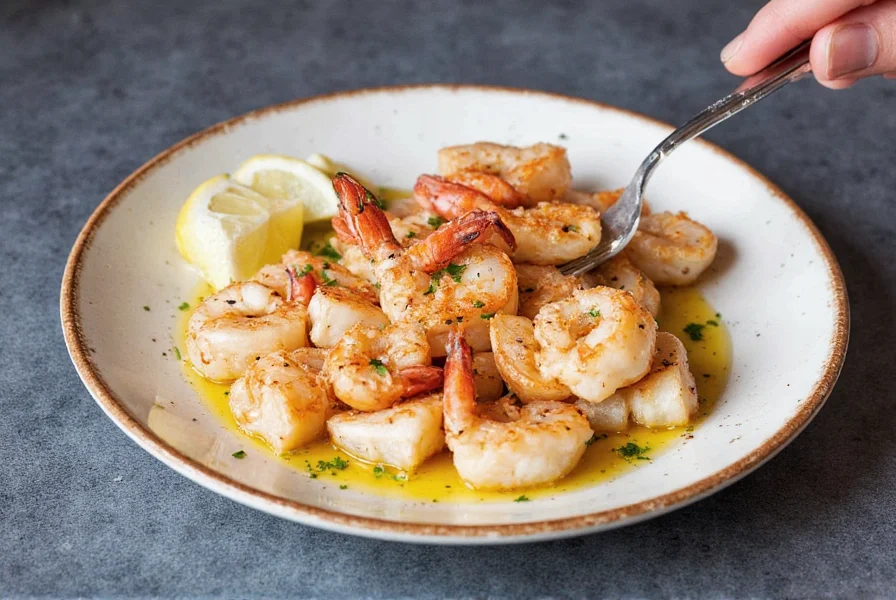
Understanding Flavor Profiles for Seafood
As noted by Chef Marco Canora of Hearth Restaurant in New York, "The key to perfect seafood seasoning is understanding the inherent flavor profile of each type of seafood." Different fish and shellfish have distinct characteristics that require specific seasoning approaches.
| Seafood Type | Flavor Profile | Recommended Seasonings |
|---|---|---|
| Fatty Fish (Salmon, Tuna) | Rich, oily | Dill, smoked paprika, lemon pepper |
| White Fish (Cod, Hake) | Mild, flaky | Lemon zest, Old Bay, thyme |
| Shellfish (Shrimp, Scallops) | Sweet, tender | Cajun mix, garlic butter, parsley |
| Bivalves (Oysters, Mussels) | Briny, mineral-rich | Vinegar-based mignonette, chili flakes |
Top 7 Seafood Seasoning Tips for Any Cook
Based on professional chef recommendations and culinary science, here are seven essential tips to master seafood seasoning:
- Don't Overdo It: As Chef Thomas Keller explains, "Seafood's natural flavor is its greatest asset. Over-seasoning is the most common mistake home cooks make."
- Layer Your Flavors: Start with a base of quality olive oil or butter, add aromatics like garlic or shallots, then finish with fresh herbs for maximum flavor impact.
- Leverage Citrus: Lemon, lime, or orange zest can brighten up a seafood dish instantly without adding heat or salt.
- Use Fresh Herbs: Cilantro, dill, and parsley bring a pop of color and flavor without overpowering the dish's delicate profile.
- Balance Heat with Sweetness: If using chili, pair it with honey or mango for contrast that enhances rather than overwhelms.
- Try Regional Blends: Creole, za'atar, or furikake offer global flair with minimal effort while respecting traditional flavor pairings.
- Rest Before Serving: Letting fish rest after cooking allows the flavors to meld beautifully while preserving texture.
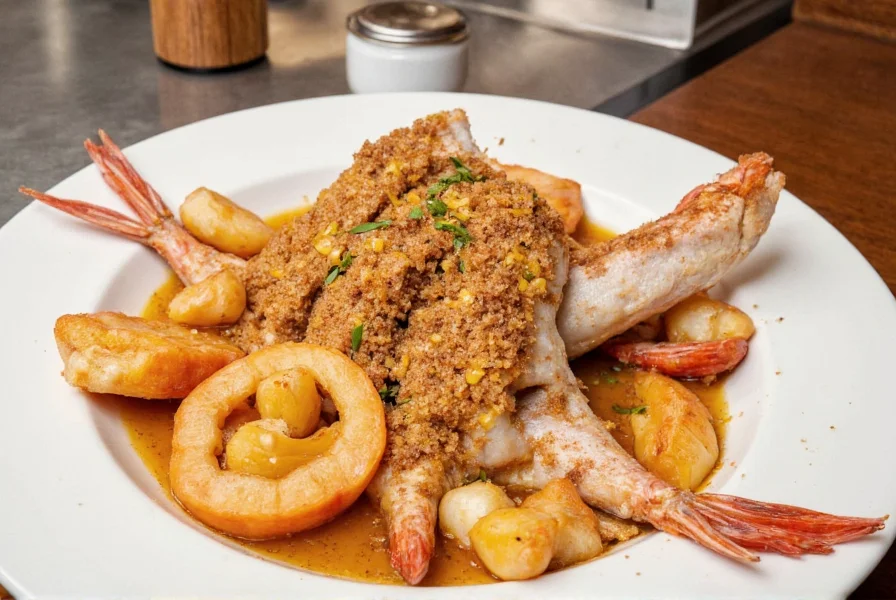
Seafood Seasoning Buying Guide
When selecting seafood seasoning, consider these expert recommendations from food scientists and professional chefs:
| Product Name | Features | Best For | Price Range |
|---|---|---|---|
| Old Bay Classic Seafood Seasoning | Signature blend of celery salt, paprika, and spices; Maryland tradition | Crab boils, shrimp cocktails | $5–$8 per bottle |
| Zatarain's Crawfish, Shrimp & Crab Boil | Packed with mustard, coriander, bay leaves; ideal for one-pot meals | Cajun-style boils, crawfish parties | $4–$6 per bag |
| Penzeys Seafood Seasoning | Mild and versatile; includes dehydrated lemon peel and chives | Everyday fish dishes, baked seafood | $9–$12 per bottle |
| Rex Gumbo Filé Powder | Ground sassafras leaves; adds body and earthiness to stews | Gumbo, seafood étouffée | $7–$10 per jar |
| Furikake Nori Mix | Japanese sesame, seaweed, and salt blend; umami-packed | Grilled tuna, rice bowls | $3–$6 per pouch |
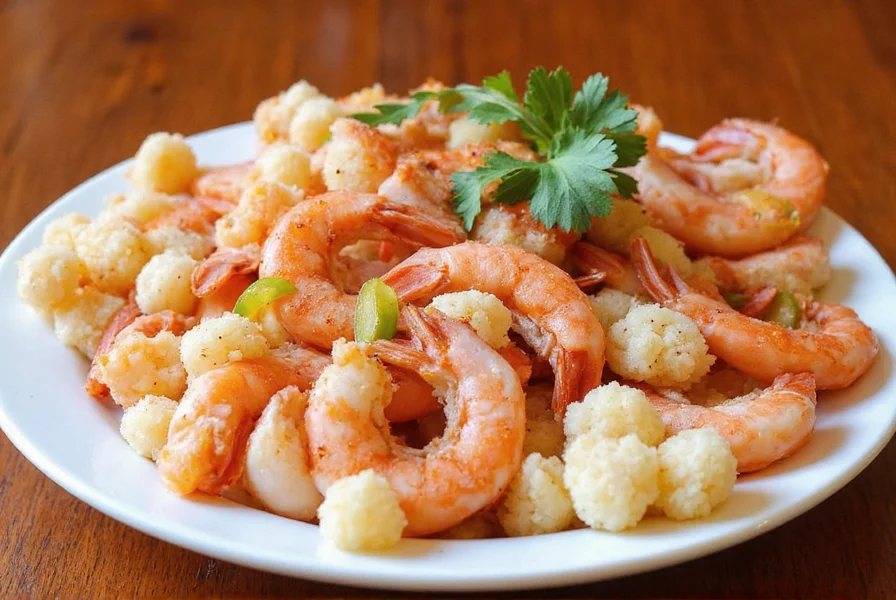
Frequently Asked Questions About Seafood Seasoning
Can I use regular seasoning on seafood?
While you can use regular seasoning, culinary experts strongly advise against it. As noted by food scientist Dr. Emily Parker, "Regular spice blends often contain higher salt content or stronger ingredients like cumin that don't complement delicate seafood flavors." Seafood-specific blends are formulated to enhance without overwhelming.
How long does seafood seasoning last?
Most store-bought blends have a shelf life of about 2–3 years if stored properly in a cool, dry place. Homemade mixes should be used within 6 months for optimal flavor. According to the National Restaurant Association, spices lose potency after 6 months of exposure to air and light.
Is seafood seasoning gluten-free?
Most traditional blends are gluten-free, but always check the label if you have dietary restrictions. Some commercial blends may include anti-caking agents or additives that could contain gluten. For those with celiac disease, certified gluten-free options like Penzeys Seafood Seasoning are recommended.
Can I make my own seafood seasoning?
Absolutely! Here's a simple DIY version recommended by professional chefs:
- 2 tbsp paprika
- 1 tbsp garlic powder
- 1 tbsp onion powder
- 1 tsp dried thyme
- 1 tsp lemon zest powder
- ½ tsp cayenne (optional)
- Salt to taste
Mix well and store in an airtight container. This basic blend can be customized based on your preferred seafood types.
What is the best seafood seasoning for beginners?
Old Bay is widely considered the best starting point for beginners. Its balanced flavor profile works well with most seafood types, from crab to shrimp to fish fillets. The blend has become so popular that many consider it the "default" seafood seasoning in American cooking. Its versatility makes it forgiving for new cooks who are still learning how different seasonings interact with seafood.
When is the best time to apply seafood seasoning?
Timing matters significantly when seasoning seafood. For most preparations, apply dry seasonings 15-30 minutes before cooking to allow flavors to penetrate without drawing out too much moisture. For grilled or pan-seared fish, seasoning just before cooking is best to prevent salt from breaking down the delicate proteins. For baked or roasted seafood, you can season more generously before cooking. With shellfish like shrimp, a light coating right before cooking works best. Remember that seafood continues to absorb flavors as it rests, so factor that into your timing.
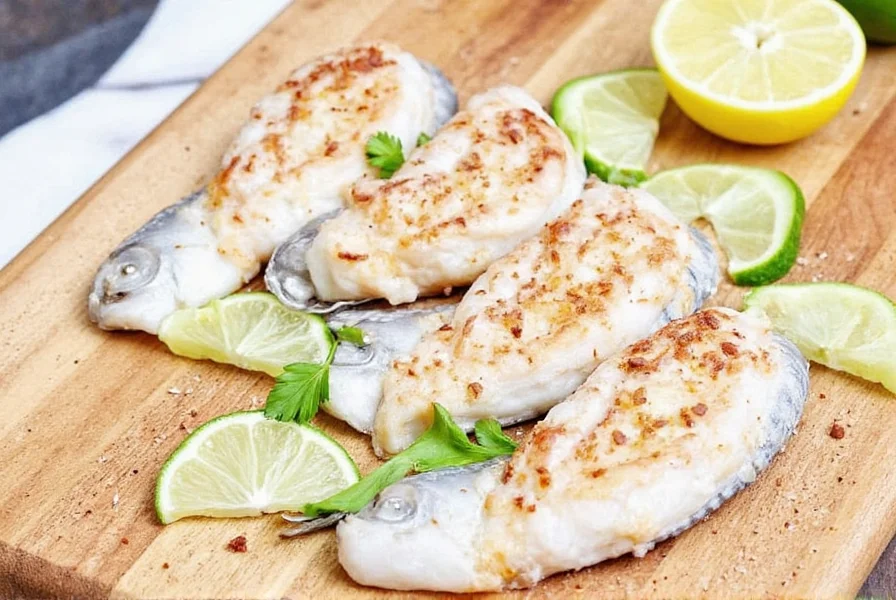
Conclusion: Mastering the Art of Seafood Seasoning
The secret to perfect seafood lies not in complex techniques but in understanding how to balance and enhance its natural qualities. As Chef Marcus Samuelsson explains, "Seasoning seafood is about respect for the ingredient, celebration of its origin, and creativity in the kitchen."
With these expert insights and practical tips, anyone can transform a simple seafood dish into a culinary masterpiece. Remember that the best seasoning is the one that complements the specific type of seafood you're working with, not the one that's most convenient. So next time you pick up that fillet or bag of shrimp, take a moment to consider what kind of journey you want your taste buds to go on—and let your spices guide the way.
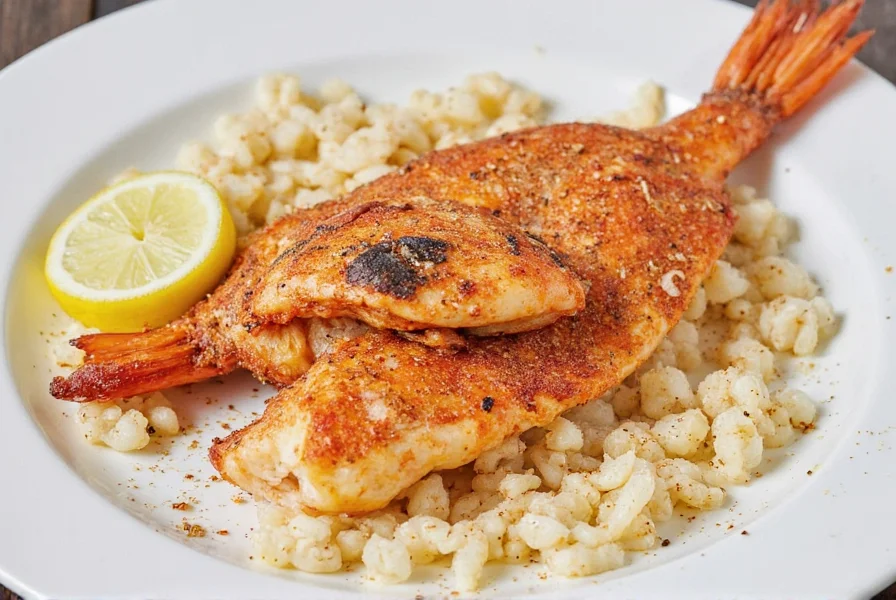

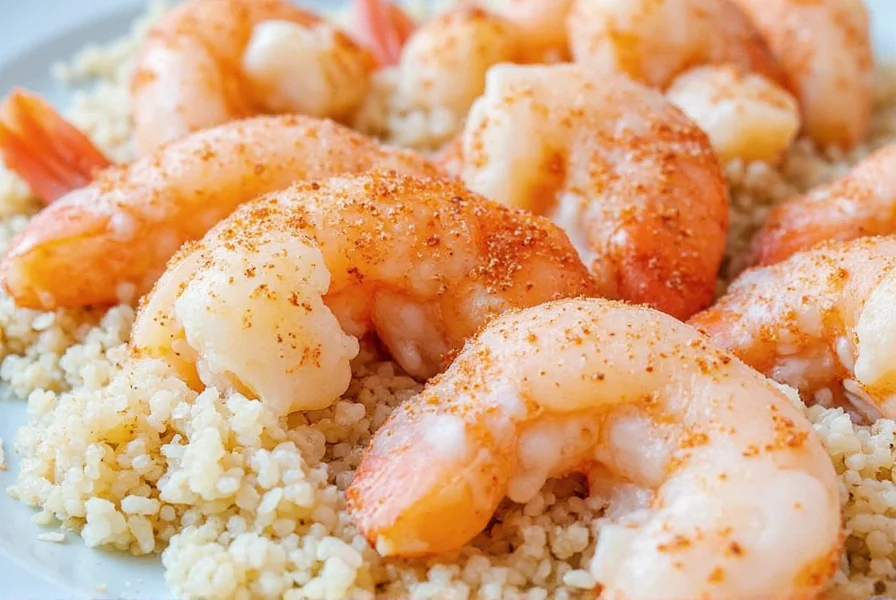









 浙公网安备
33010002000092号
浙公网安备
33010002000092号 浙B2-20120091-4
浙B2-20120091-4